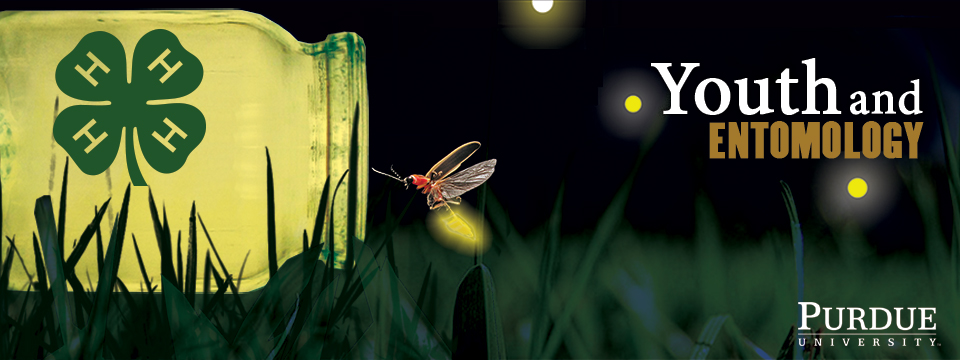

|
|
Blow Fly larva
(John Obermeyer, Purdue University) |
|
Common Name: Blow Fly - larva
See also: adult | benefit Scientific Name: Calliphoridae: several species Status: beneficial insect, except when an annoyance around homes Beneficial Stage: maggot Biology: Adult blow flies are metallic blue-, green-, copper-, or black-colored and resemble house flies in appearance. The hair on the last antennal segment is feathery. Blow fly maggots are cream-colored and have a pointed head end. They are approximately 1/2 inch long. Female flies lay eggs on or near suitable habitats. Maggots hatch from the eggs within two days and develop through three instars before pupating in the soil. Adult flies emerge ten to seventeen days after the formation of the pupal cell. They complete many generations per year. Management: Removal of breeding sites, including animal carcasses, garbage, and decomposing material, is the best way to eliminate a pesky population. |
 |
||||||||||||||||
|
|
|||||||||||||||
|
Purdue Extension Entomology, 901 West State Street, West Lafayette, IN 47907 USA, (765) 494-4554 Department of Entomology | College of Agriculture | Extension © Purdue University | An equal access/equal opportunity university | Integrity Statement | Copyright Complaints | Maintained by ENTM IT Trouble with this page? Disability-related accessibility issue? Please contact us at entmwebmaster@purdue.edu so we can help. | ||||||||||||||||
